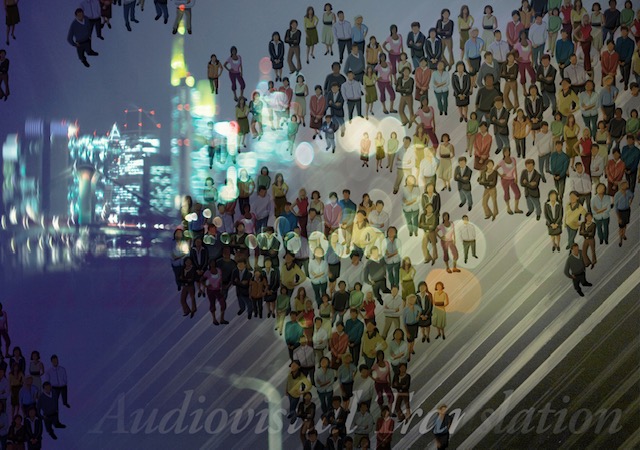Audio Description for Dance Performances: An Artistic and Collaborative Approach
DOI:
https://doi.org/10.13133/2239-1983/18228Abstract
Dance performances are one of the most difficult events to audio describe, as the onstage reality does not only serve the plot of a choreography, but it also “[creates] and [recreates] a visual array abstracted from narrative content” (Kleege 1994, 9). The nature of dance performances often requires the use of specialised terminology in the audio description, although the audience of the performance is not necessarily expert in dance or performances. To achieve an effective description, balance between the satisfaction of people with some knowledge and people with no knowledge on the topic is needed. However, this is not the only balance that the audio description needs to achieve. Dance performances are markedly events preferably enjoyed live, more than any other type of performance, and the various meanings that are captured by movements, facial expressions, music, and visual effects, rather than a verbal script -even a cryptic one- that is meant to unfold a certain meaning, makes it impossible for the audio describer to work alone. Based on the example of A Clear Midnight, a performance choreographed by Maria Koliopoulou, and audio described in Greek by the author for the 2021 Athens Epidaurus Festival, the aim of this paper is to analyse a more collaborative and creative approach to audio description, one that is mostly called “integrated” audio description and aims at “connecting both audience and performer to each other and the artistic content of a piece in a positive way” (Cavallo 2015, 133).
Downloads
Published
How to Cite
Issue
Section
License
Gli autori che pubblicano su questa rivista accettano le seguenti condizioni:- Gli autori mantengono i diritti sulla loro opera e cedono alla rivista il diritto di prima pubblicazione dell'opera, contemporaneamente licenziata sotto una Licenza Creative Commons - Attribuzione che permette ad altri di condividere l'opera indicando la paternità intellettuale e la prima pubblicazione su questa rivista.
- Gli autori possono aderire ad altri accordi di licenza non esclusiva per la distribuzione della versione dell'opera pubblicata (es. depositarla in un archivio istituzionale o pubblicarla in una monografia), a patto di indicare che la prima pubblicazione è avvenuta su questa rivista.
- Gli autori possono diffondere la loro opera online (es. in repository istituzionali o nel loro sito web) prima e durante il processo di submission, poiché può portare a scambi produttivi e aumentare le citazioni dell'opera pubblicata (Vedi The Effect of Open Access).


